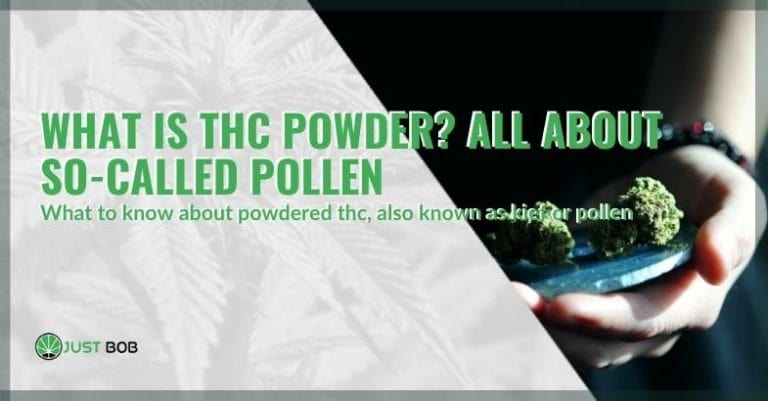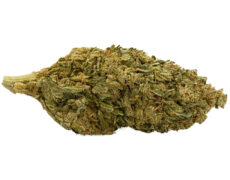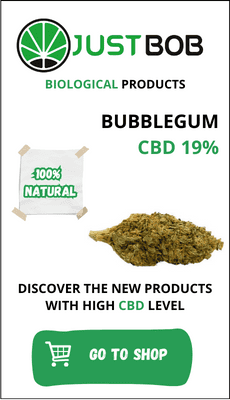Modified on: 19/04/2024
WHAT TO KNOW ABOUT POWDERED THC, ALSO KNOWN AS KIEF OR POLLEN
What is THC powder?
If you have decided to open this article, you are also unclear about this pollen.
-
 SMALL & BIG
SMALL & BIGBUBBLEGUM
Starting from: 1,25CHF/gIndoor | CBD – CBDA <22%
Grams3 5 10 20 50 100 -


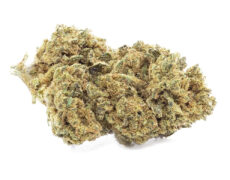
DO SI DOS
Starting from: 2,00CHF/gIndoor | CBD – CBDA < 19%
Grams3 5 10 20 50 100 -


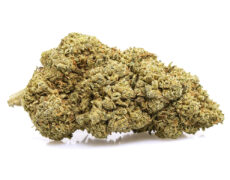
ROYAL GG#4
Starting from: 2,30CHF/gIndoor | CBD – CBDA < 40%
Grams3 5 10 20 50 100 -


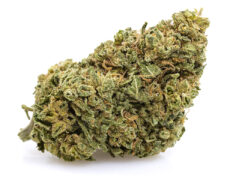
GORILLA GLUE
Starting from: 2,90CHF/gIndoor | CBD – CBDA < 20%
Grams3 5 10 20 50 100
It can be used in many contexts if purchased from certified dealers.
Which ones?
This article will look at THC powder and how it can be used (always in full compliance with the law).
Let’s start with the basics: what is powdered THC (or kief), and how is it obtained?
The cannabis plant is covered with resinous glands called trichomes, which contain THC, CBD, terpenes and other compounds. These trichomes look like crystals, and when they dry out and fall off the plant, they turn into a kind of powder called kief.
Kief (also known as pollen) is often used to make hash. It is usually darker than trichomes – with shades ranging from gold to brown—and appears sticky and powdery.
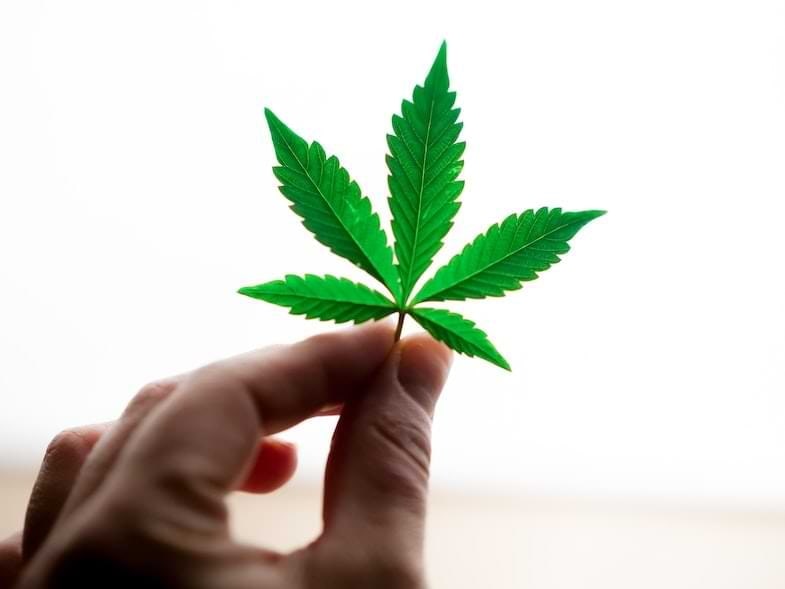

This powder is commonly collected in grinders, which are used for crushing cannabis into small, uniform pieces. Grinders typically have a separate chamber at the bottom, called a “kief catcher”.
When purchasing from a dispensary or licensed retail shop, be aware that the purest kief will have a light colour. If it appears dark or green, it still has some mixed plant matter, while ‘well-cleaned’ kief tends to have a colour similar to off-white.
But how is it obtained?
After the trichomes have detached from the cannabis plant (and the CBD weed), a natural process that is used to produce a pure concentrate that is more potent than the flower from which it came, they are passed through a sieve to isolate the heads and remove the plant matter, such as the plant’s leaves.
Read also: Why is it (never) a good idea to smoke hemp seeds?
Kief and legal hashish
As we mentioned, kief is mainly used to make hashish.
This is one of the most common uses of THC powder, so we have decided to go into the process in more detail for information purposes only.
First, the kief is spread out on baking paper and rolled into a sheet of newspaper. Then you wet it lightly without soaking it, and with a low-temperature iron, you press and heat it.
The aim is to dry the paper on each side: unrolling it will result in a dark-coloured hash once this is done.
However, we do not recommend replicating this homemade ‘recipe’ because there would be a high risk of violating the regulations in force regarding the possession of cannabis and similar products. For this reason, it is preferable only to buy Cannabidiol hashish from certified dealers such as JustBob. In this way, you are guaranteed to purchase products:
- legally compliant;
- or of the best quality.
Possible uses of THC powder in cooking
One of the advantages of kief is that it is an exceptionally versatile ingredient in cooking. First, however, one must ensure that one buys products with legally permitted THC content (CBD buds for example respects the THC legal levels).
Another advantage of using kief for edibles is that, since there is less plant material, the flavour of cannabis is not considered particularly strong. This characteristic makes it an excellent choice for the preparation of brownies and the like.
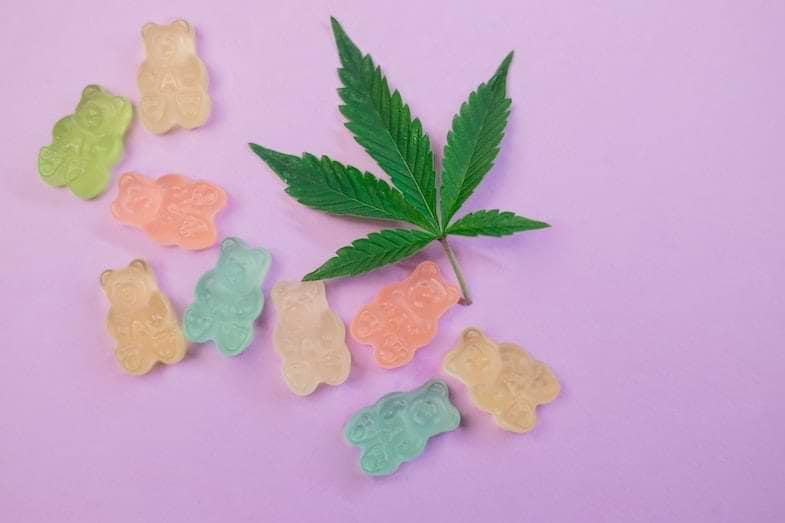

Some prefer to remove carbon dioxide from the kief in countries where it is permitted. Let us understand how this is done:
- the kief is spread on a baking tray;
- the oven is preheated to 120° C;
- the dish is placed in the oven, and the kief is baked for about 20 minutes.
But that’s not all.
Once ‘decarboxylated’, it can be infused with milk or cream (heat them together for a few minutes) and added to hot drinks such as tea or coffee.
Finally, some people decide to use it to make cane oil. One of the easiest ways is to decarb kief and let it steep in olive or coconut oil. According to several licensed manufacturers, olive oil is more accessible to process at room temperature than coconut oil. Once this is done, place it out of direct sunlight for two to three weeks, after which there will be the filtering stage: here, all vegetable residues will be removed, and you will obtain a cane oil that can last up to two years if stored in a cool, dry place.
Read also: Do cannabis and cortisone interfere with each other? What science says
Conclusions
This article shows what THC powder, or kief, is and how it could be used.
So if you are looking for quality products, visit Justbob, the CBD shop in the greatest degree that offers the best quality CBD hashish.
We look forward to seeing you on JustBob. See you soon!


